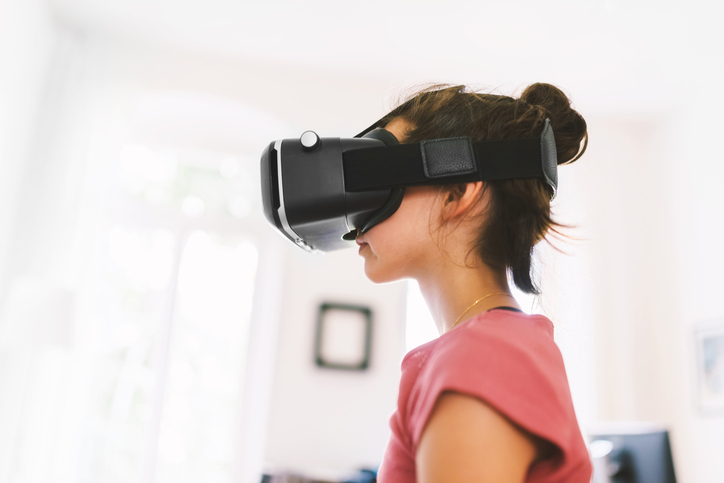Gone are the days when augmented reality’s primary use cases centered on gaming and entertainment. Investors are now betting on the technology’s promise to enhance surgical navigation.
This shift is evidenced by Medivis’ recent funding round — the New York City-based medical augmented reality (AR) company raised $20 million in Series A financing on Tuesday. The round, which takes Medivis’ total funding to $25 million, was led by Thrive Capital. Other investors included Mayo Clinic, Initialized Capital, Disney CEO Bob Iger and NBA star Kevin Durant.

With the Rise of AI, What IP Disputes in Healthcare Are Likely to Emerge?
Munck Wilson Mandala Partner Greg Howison shared his perspective on some of the legal ramifications around AI, IP, connected devices and the data they generate, in response to emailed questions.
Medivis was founded in 2016 by neurosurgeon Osamah Choudhry, who serves as CEO, and radiologist Christopher Morley, who serves as president. Their mission has always been to establish AR as the new standard in surgical navigation, Choudhry shared in a recent interview.
“Traditionally, surgeons have relied on 2D flat images, requiring them to mentally reconstruct their patient images into a 3D representation. However, with the innovation of our technology, surgeons can now see real-time 3D holographic renderings directly on their patients that can help streamline surgical procedures,” he declared.
The company’s technology translates complex 2D medical imaging data, such as MRIs and CT scans, into a 3D visualization that surgeons can interact with. This 3D representation can then be superimposed or overlayed onto a patient’s body using commercially available AR headsets, such as Microsoft HoloLens 2, Choudhry explained.
He said Medivis’ technology can be thought of as a “virtual GPS system” for surgeons — it helps them navigate complex anatomical landscapes during operations and gives them a more accurate, intuitive understanding of the anatomy with which they’re dealing.
More than 15 hospitals and health systems across the U.S. use Medivis’ AR product, including UPMC, MD Anderson Cancer Center, Northwell Health, Cincinnati Children’s Hospital, Swedish Providence and the Department of Veterans Affairs. These providers use the company’s technology for surgical planning, resident training and clinical trials, Choudhry said.
“We have found that using the system, we can get a better understanding of a patient’s individual anatomy and pathology. Planning of complex brain surgeries using the Medivis system allows us to optimize surgical strategies to maximize patient outcomes and minimize risk,” said Stephen Monteith, a neurosurgeon at Swedish Providence, in a statement.
Medivis operates on both a hardware and software business model. The company charges hospitals a one-time fee for its hardware workstation and AR headset package, as well as an annual recurring fee to use its software platform, Choudhry explained.
But Medivis isn’t the only one on the market working to make medical imaging more accurate and intuitive for surgeons — there’s also companies like Novarad, MediView and Apoqlar.
Choudhry contends that his company stands out because it does a better job than its competitors when it comes to addressing AR’s three biggest challenges: latency, data privacy and compatibility.
“Our technology is best-in-class in all three categories because we have engineered proprietary edge-computing architecture that allows for the lowest latency in GPU compute and highest photorealism in patient image rendering. Another incredible benefit of this is cross-compatibility with all commercial AR displays. This architecture also provides secure use of the technology as it doesn’t require patient specific data to be stored on an augmented reality headset,” he explained.
These are all factors that can help health systems achieve scale in AR technology throughout their organization, Choudhry declared.
Photo: gorodenkoff, Getty Images















